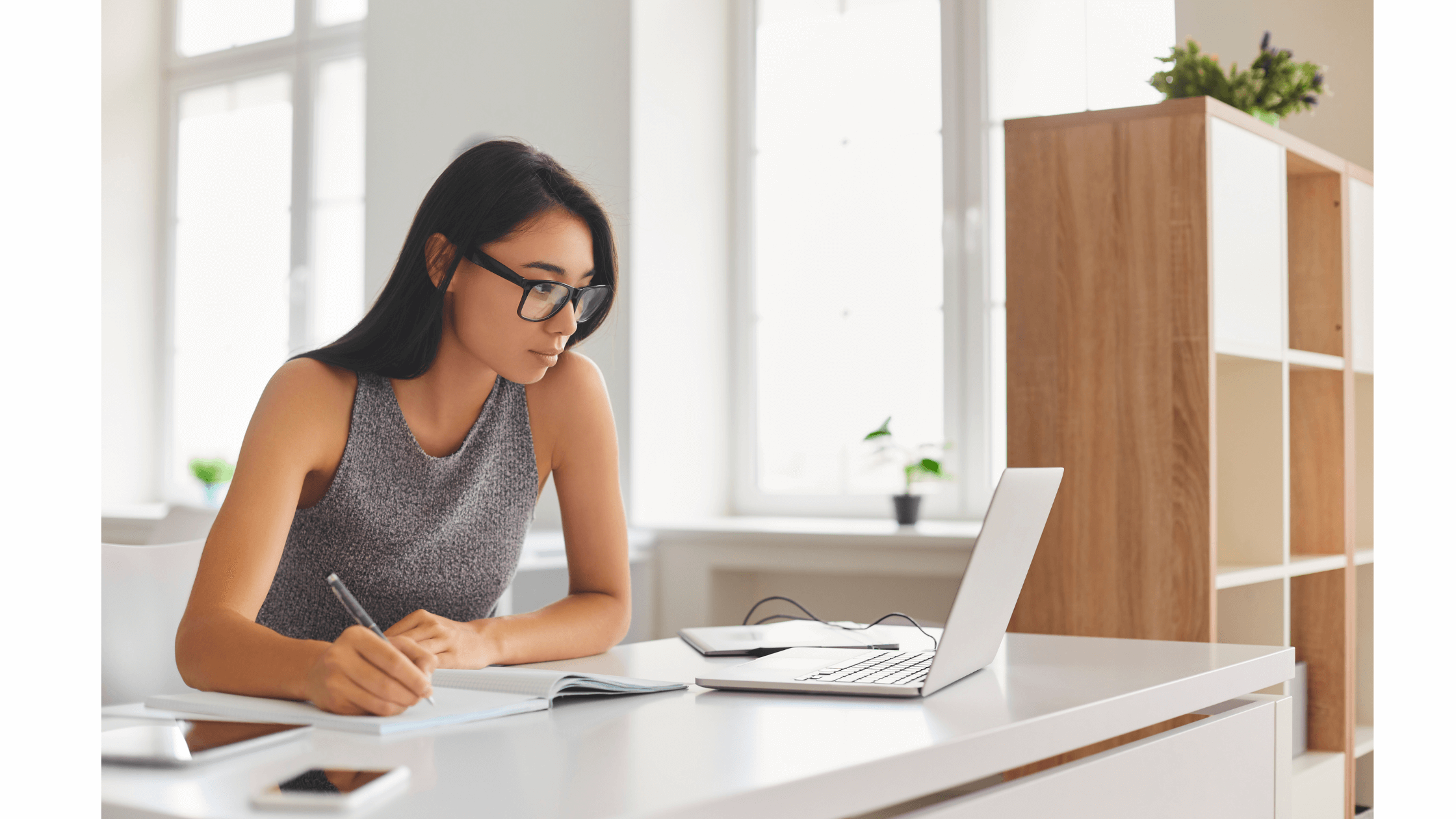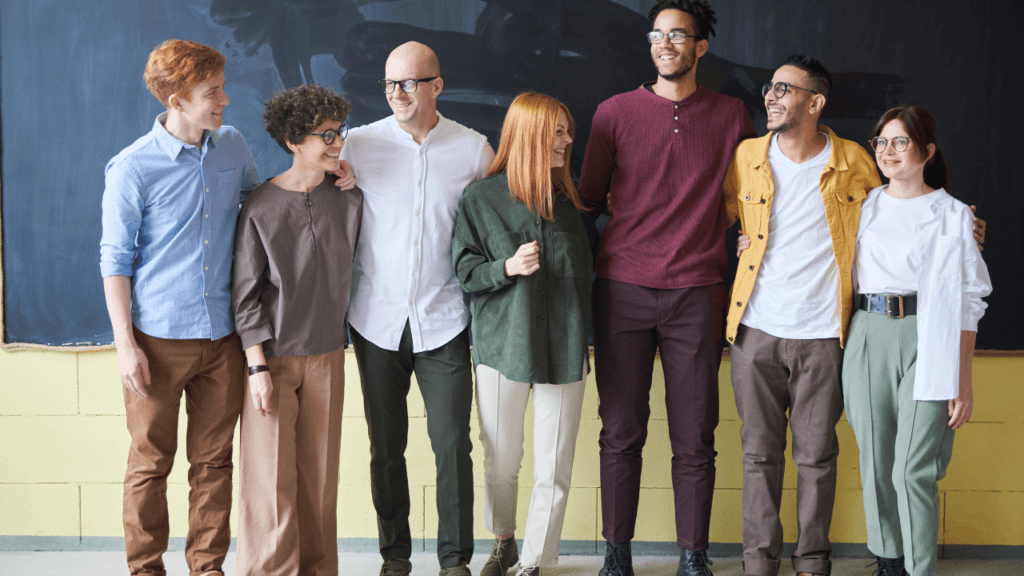The terminology has caused confusion among students and the public at large, but the main differences lie in planning and preparation for these courses.

Remote learning:
- This type of education is an “emergency measure used to assure continuity of learning.”
- Faculty must quickly adapt and use whatever tools are at their disposal, even if they’re not designed for educational purposes.
- This type of education may lack user experience if instructors aren’t trained to use available resources.
- Students may or may not have access to technology and internet connectivity needed to fully participate in courses without institutional technology at their disposal.
Online learning:
- Online courses are purposefully planned and designed to function in an online environment.
- Technology and tools are selected to support the instruction and to help meet objectives.
- Faculty are trained and supported in their use of online teaching tools.
- Students only enroll in the course if they have the technology and tools to help them be successful.
During the pandemic, many realized that the flexibility of online learning is a benefit that should be afforded to all students, even beyond lockdowns and emergency situations. To that end, selecting technology to support true online learning is critical.
Create a Successful Online Course With Tools that Support Online Learning
“Courses and content should be available 24/7, so students can learn anywhere, and using any device.”
For a successful online learning experience, a strategic approach must be taken to ensure:
Availability. Courses and content should be available 24/7, so students can learn anywhere, and using any device. Offering downloadable documents for offline viewing, adaptive bitrate playback, and delivery that facilitate support across a broad range of devices all will help students and instructors be successful.
Accessibility. Courses should be accessible to all, including providing accessibility features like closed-captioning, high contrast options, compatibility with screen readers, and adherence to standard accessibility templates and frameworks.
Interaction. Enabling interaction between the instructor and students, and among learners, is important to facilitate idea and knowledge sharing. Each individual should be able to contribute to the learning process.
Integration. Learning tools should all work together to support your learning ecosystem. Ensure your solution includes enterprise connectors and integration points for cross-compatibility with your LMS, SSO, and other learning tools.
Support. Train and support both instructors and students in their online educational journey.
Inside Higher Ed concluded that as institutions work to meet the needs of students, they must intentionally design online learning. “We certainly do not expect all courses to be online in the future, but institutions would do well to support all faculty in leveraging digital learning tools and best practices… To best employ such tools in serving students, institutions will need to rely on thoughtful technology selection, faculty development, instructional design and application of proven frameworks to best ensure quality online learning.”









